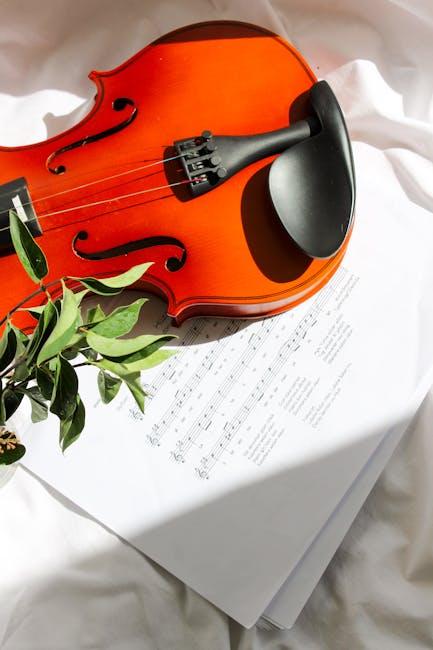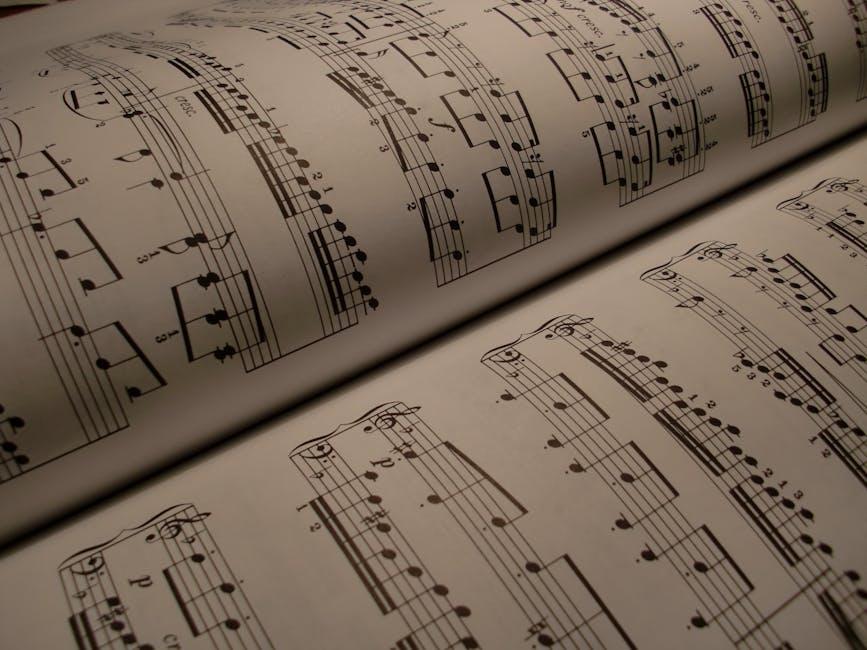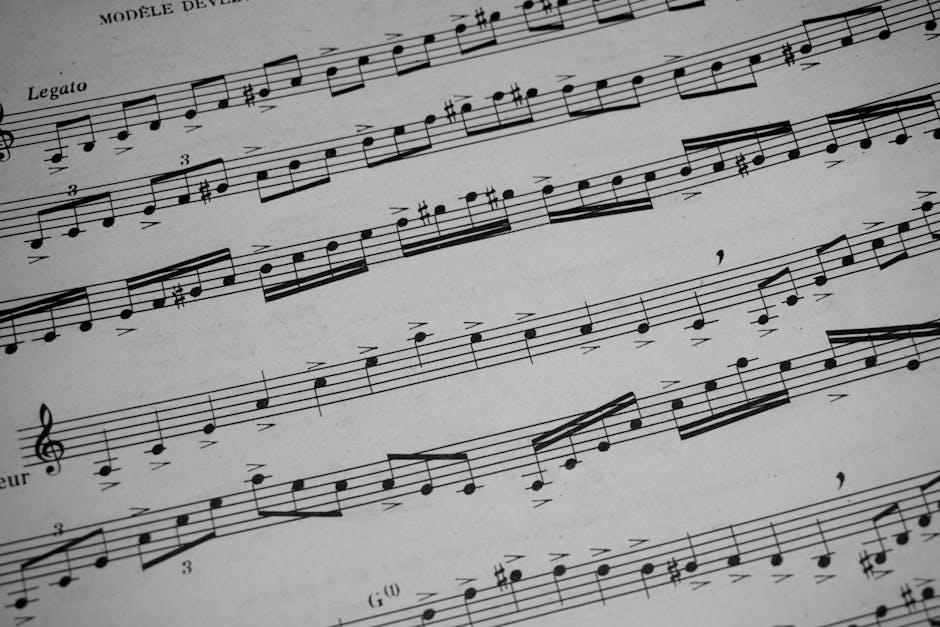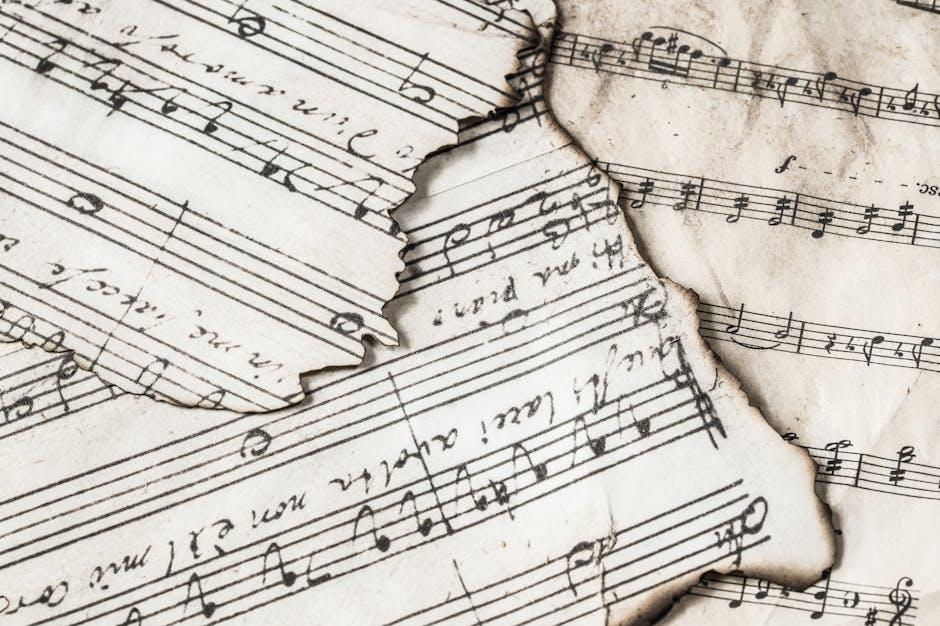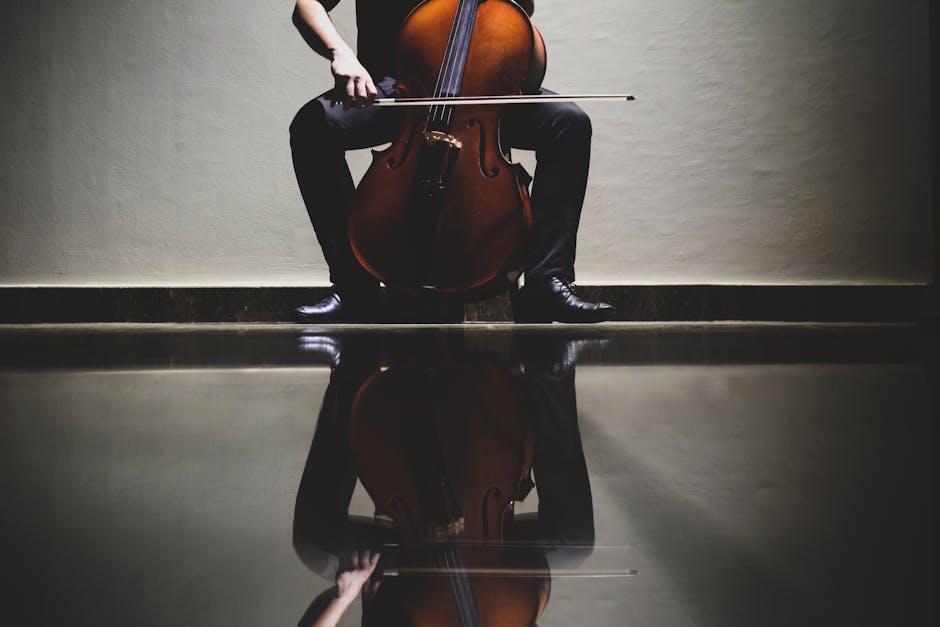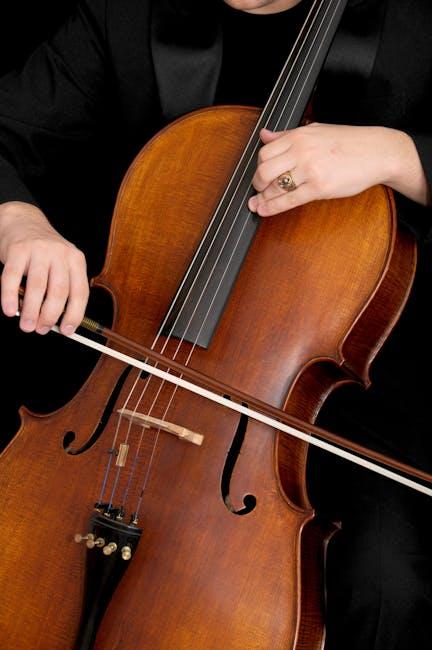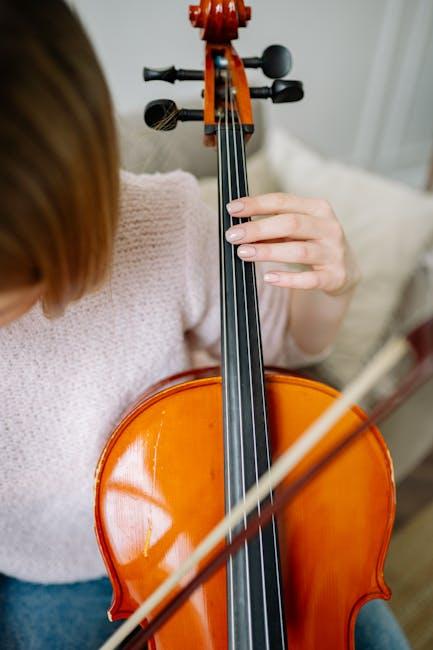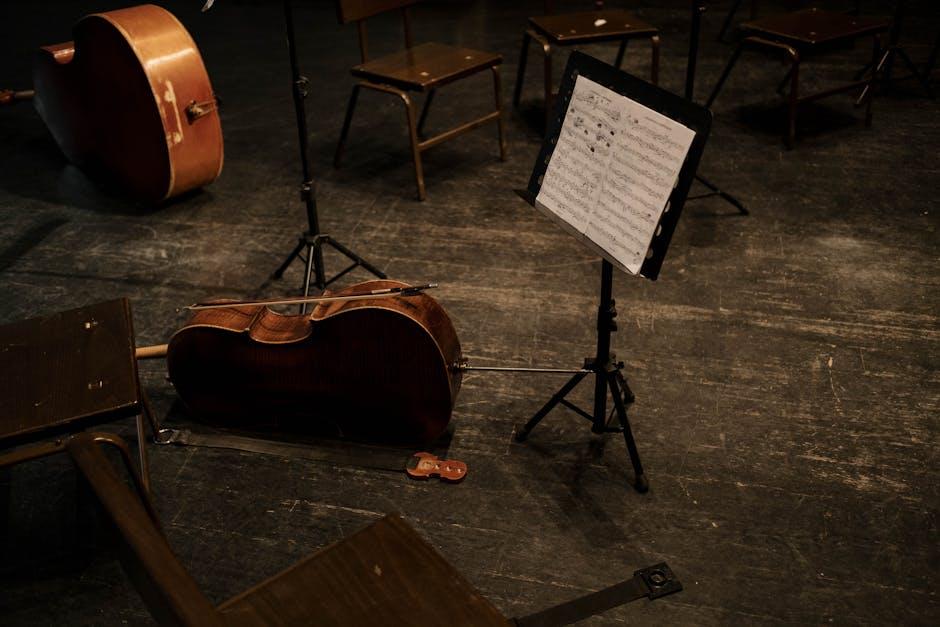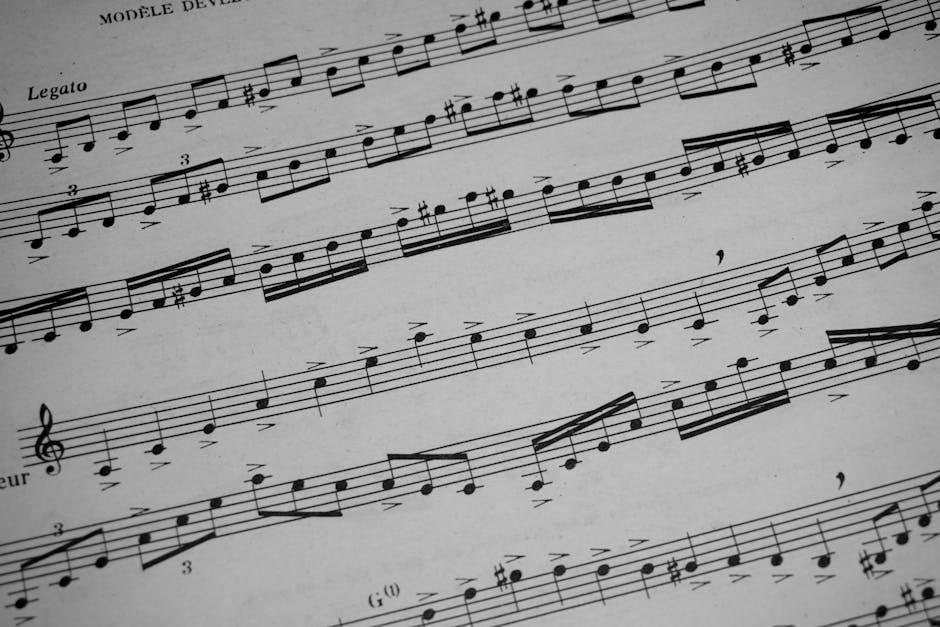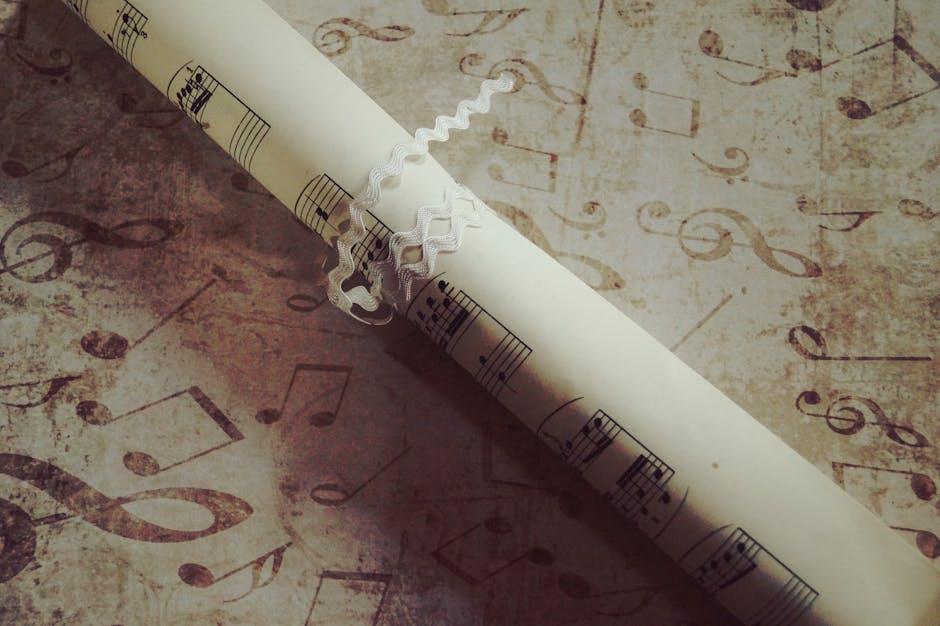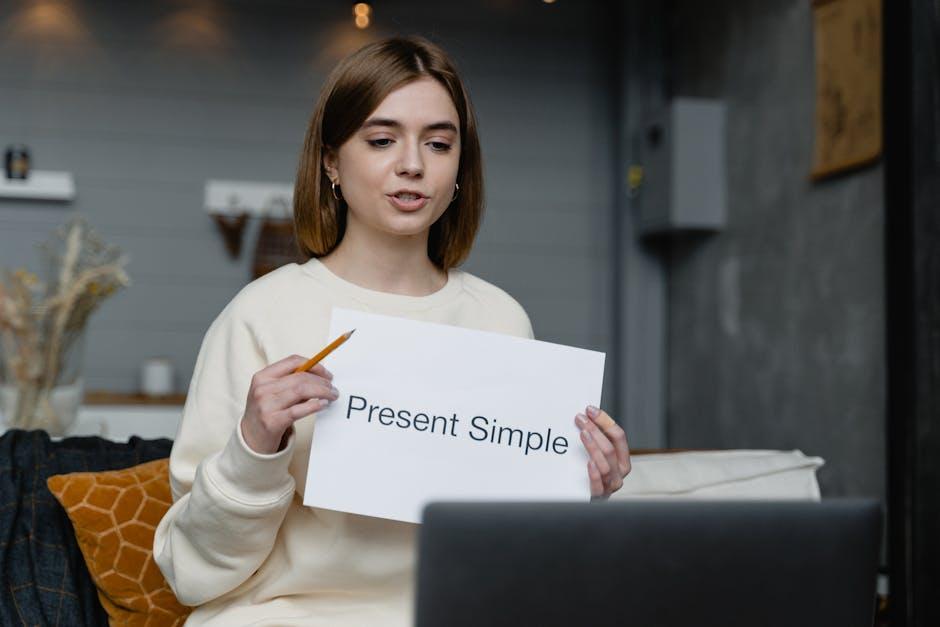Hey there, future violin virtuosos! 🎻 So, you’ve decided to dive into the enchanting world of the violin, huh? First off, welcome to the club! It’s a beautiful journey ahead, filled with soaring melodies and heart-tugging harmonies. But before you can start serenading the stars, there’s a little hurdle to jump: mastering music notes. Now, I know what you might be thinking—“Music notes? Aren’t they just squiggles on a page?” Well, they’re so much more than that! Think of them as the secret language of music that, when decoded, opens up a universe of artistic expression. In this guide, we’ll break down the basics, sprinkle in a bit of charm, and help you navigate the learning curve with ease. So grab your bow, warm up those fingers, and let’s turn those squiggles into symphonies! Ready to get started? Let’s do this!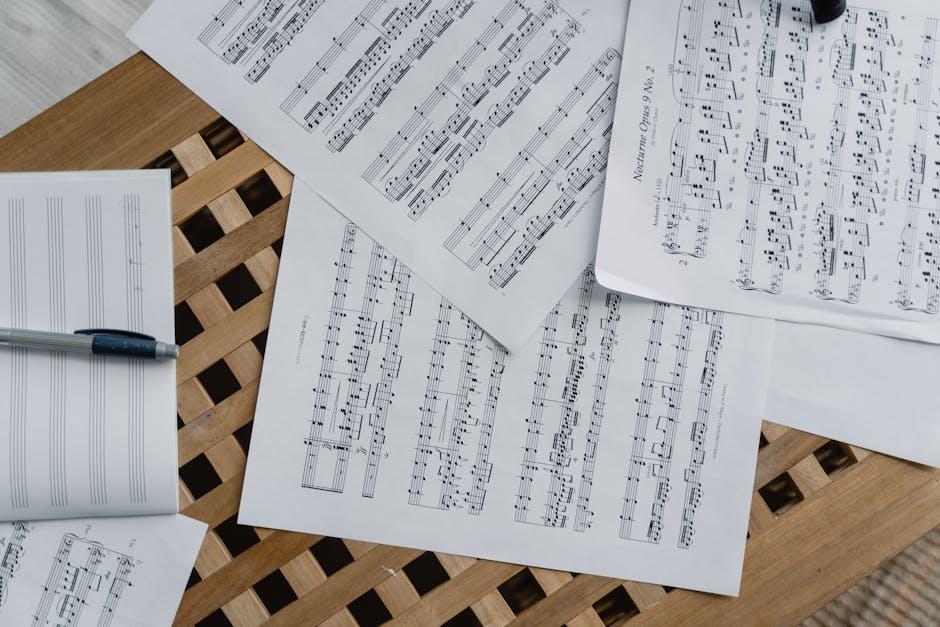
Understanding the Basics of Music Notation for Aspiring Violinists
Starting your violin journey can feel like standing in front of a beautiful painting, unsure how to interpret the colors. Music notation is your guide to that masterpiece—it tells you what notes to play, how long to hold them, and what emotion to convey. Imagine music not just as a sequence of sounds, but as a language; every note, rest, and symbol is a crucial part of the conversation. As you delve into sheet music, you’ll encounter several key components that make up this musical dialect:
- Staff: The set of five lines and four spaces where notes dance.
- Clefs: Symbols, like the treble clef, that indicate the range of pitches.
- Notes: These little guys tell you what to play—quarter notes, half notes, and whole notes each have their own special feel.
- Rests: The silent moments that are just as important as the notes!
Think of the time signature as the heartbeat of your music. Commonly written as fractions (like 4/4), it informs you how many beats are in each measure and what kind of note counts as a single beat. Familiarizing yourself with these basics will be your ticket to unlocking the musical magic hidden in your favorite songs. Plus, don’t shy away from experimenting! Grab a piece of sheet music, and put those concepts to the test. With practice, you’ll soon be able to interpret that notation like reading a good book—smoothly and naturally.

Building Your Musical Vocabulary: Essential Notes and Finger Positions
To really start your journey as a violinist, getting a grip on the essential notes and mastering your finger positions is key. Think of your fingers as nimble dancers on the violin’s fingerboard, each moving gracefully to create beautiful melodies. The magic begins with familiarizing yourself with the open strings: G, D, A, and E. As you pluck each string, note their sound and feel the vibrations resonate through your instrument. By associating these strings with their respective notes, you’ll build a solid foundation that will make learning new pieces a breeze. Don’t forget to pay special attention to your finger placement; using a visual guide or even color-coding your finger positions can make this process not only simpler but also a lot more fun!
As you dive deeper, you’ll want to explore some basic finger positions. Here’s a quick guide to help visualize where to place your fingers for the first four notes in the first position:
| Note | Finger Position |
|---|---|
| G | Open (no fingers) |
| A | 1st Finger (Index) |
| B | 3rd Finger (Ring) |
| C | 4th Finger (Pinky) |
Remember, it’s all about repetition and muscle memory. The more you practice these finger placements, the more natural they’ll feel, almost like riding a bike! Show a little patience and dedication, and soon you’ll be weaving together notes in a sweet symphony that’s unique to you.
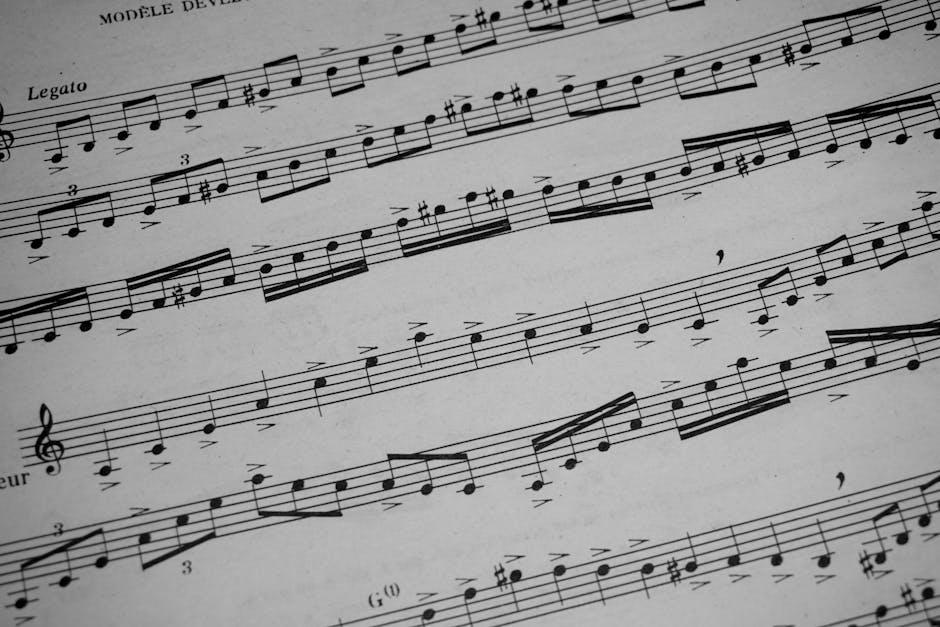
Tips and Tricks for Practicing Music Notes with Confidence
Building confidence while practicing music notes is all about creating a friendly atmosphere for you and your instrument. Start with the basics: pick a few simple notes to work on, like G, D, and A. Play them slowly, savoring each sound—like a chef tasting a dish to get the seasoning just right. This not only helps you recognize the notes but also warms up your fingers. And don’t be afraid to experiment! Try playing the same notes but with different rhythms; it’s like adding spice to an otherwise bland meal. Every time you sit down to practice, remember: it’s not about perfection, it’s about progress.
Incorporating fun into your practice can also enhance your confidence level dramatically. Try these engaging strategies:
- Use flashcards to quiz yourself on note names and their positions. It’s like playing a game!
- Set small goals: aim to master just one note or short scale each session. Achieving these mini-milestones can feel super rewarding.
- Play along with your favorite songs—yes, those tunes you can’t stop humming! It connects what you’re learning to something you love, making it incredibly motivating.
| Strategy | Benefits |
|---|---|
| Flashcards | Fun quizzing and easy memorization |
| Small Goals | Boost motivation and a sense of achievement |
| Play Songs | Increases enjoyment and contextual learning |

Unlocking the World of Scales: Your Path to Violin Mastery
When it comes to the violin, scales are the unsung heroes of your musical journey. Think of them as the foundation of a sturdy house—without a strong base, everything falls apart! Practicing scales not only improves finger agility but also enhances your ability to hear and recognize pitches. They lay the groundwork for playing melodies and provide the framework for improvisation. As you dive into scales, you’ll find that they become second nature. Each scale tells its own story, offering a new musical flavor that will elevate your playing. So, why not spice things up with these essentials?
Here’s how to make scales work for you:
- Focus on Finger Placement: Ensure your fingers are positioned correctly. This will lead to smoother transitions between notes.
- Vary Your Rhythm: Experiment with different rhythms as you practice. This will not only keep things interesting but also improve your timing.
- Use a Metronome: Speed up gradually. Start at a slow tempo and gradually increase it to challenge yourself.
- Apply Dynamics: Play your scales softly and then loudly. This will enhance your control and expressiveness.
To help visualize your progress, here’s a simple table breaking down some key scales you might want to explore:
| Scale | Notes | Purpose |
|---|---|---|
| C Major | C, D, E, F, G, A, B | Foundation for many pieces |
| A Minor | A, B, C, D, E, F, G | Emotional depth |
| G Major | G, A, B, C, D, E, F# | Bright and cheerful sound |
The Conclusion
And there you have it, friends! Mastering music notes on the violin may seem like a daunting task, but as we’ve seen, it’s absolutely achievable and can be a whole lot of fun! Remember, every great violinist started right where you are now—struggling with notes, battling the strings, and wondering how to make that beautiful sound come to life.
As you embark on this musical journey, don’t forget to be patient with yourself. Learning is like cooking; it takes time to find the right balance of ingredients. Some days you’ll feel like a maestro, and other days, well, let’s just say your cat might look at you funny. But every note you play is a step forward, bringing you closer to that sweet symphony you’ve been dreaming about.
So grab your violin, tune those strings, and dive back into those music notes. Each practice session is a chance to shine and discover the joy of your own melodies. And who knows? One day, you might just find yourself performing a piece that sends shivers down your spine. Keep that spark of curiosity alive, and don’t hesitate to reach out for help along the way. You’ve got this, and the stage is all yours! Happy playing! 🎻✨

